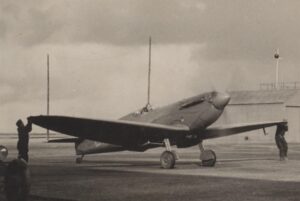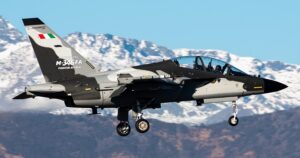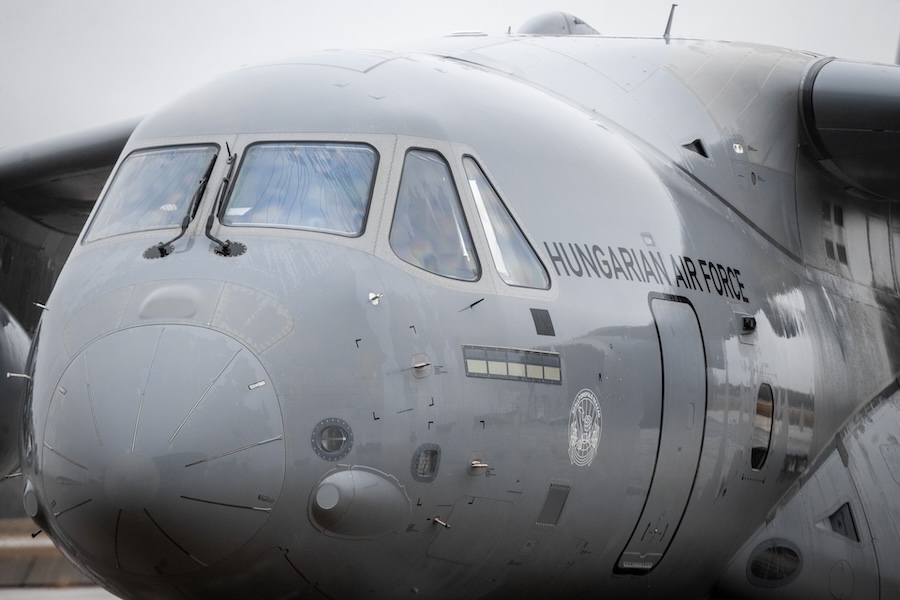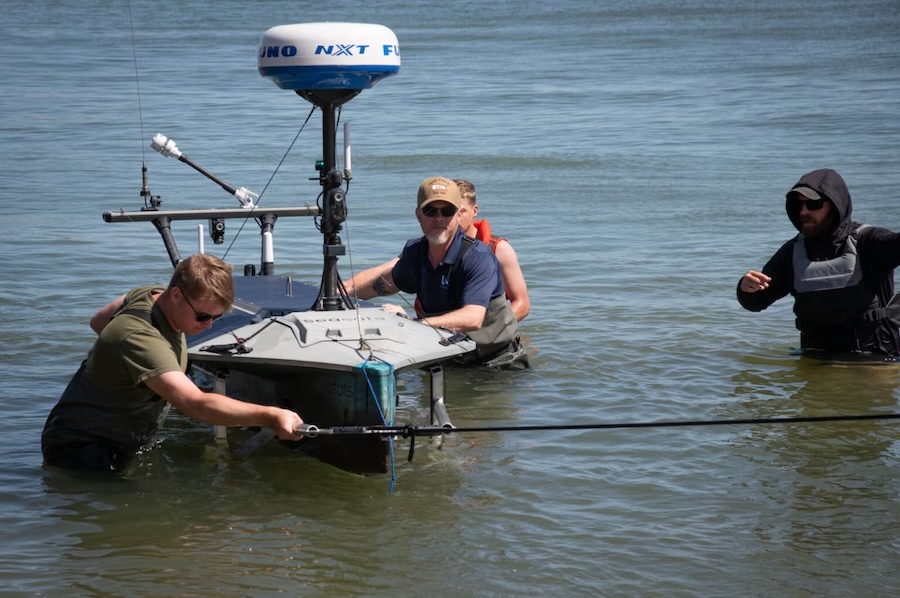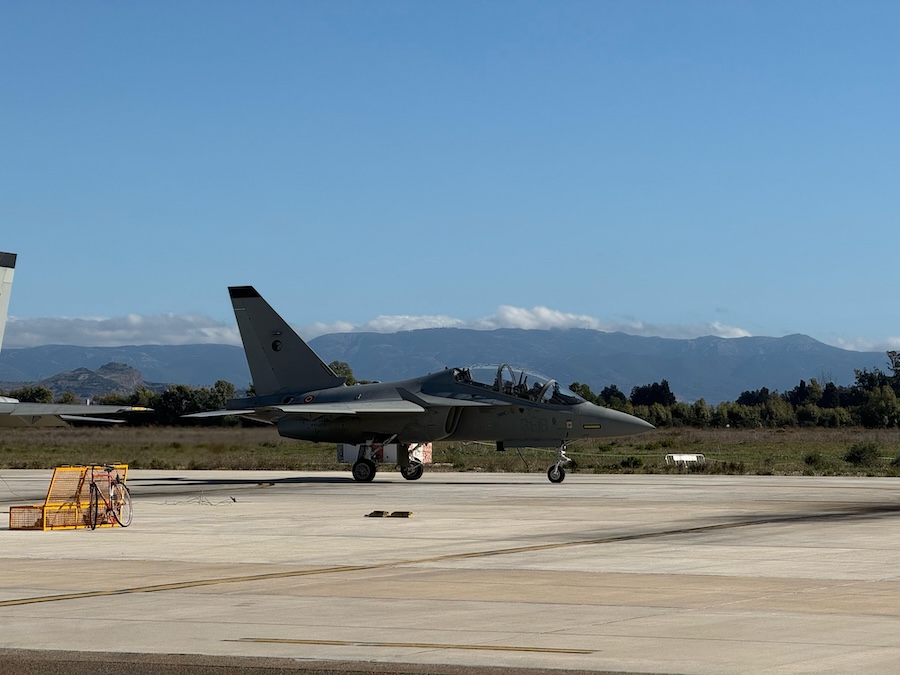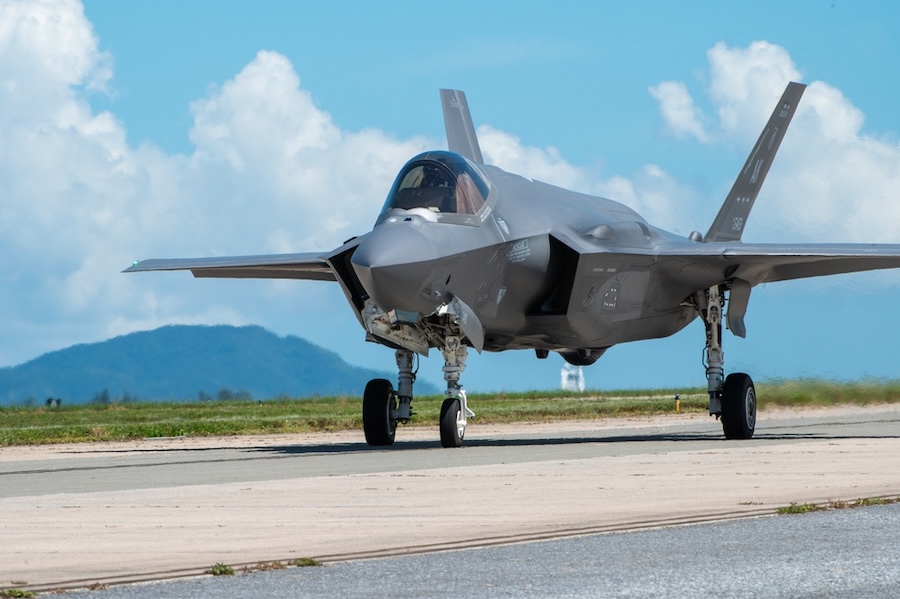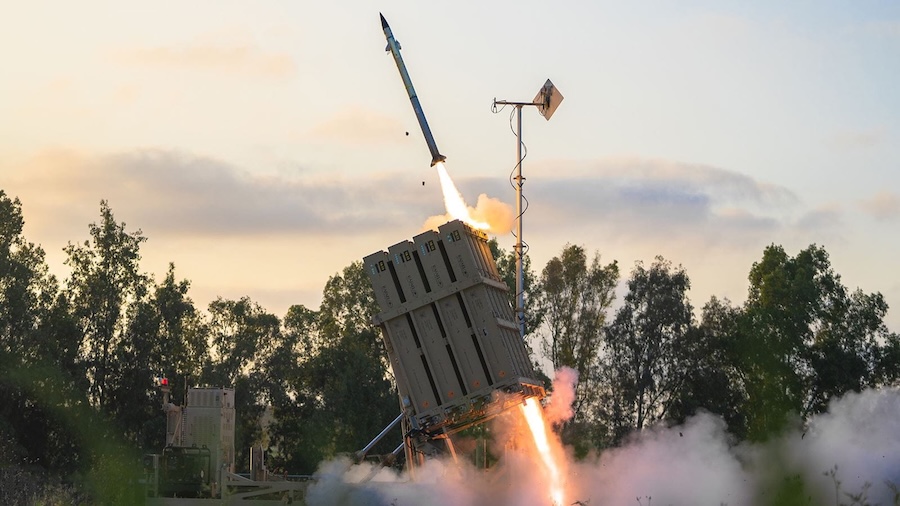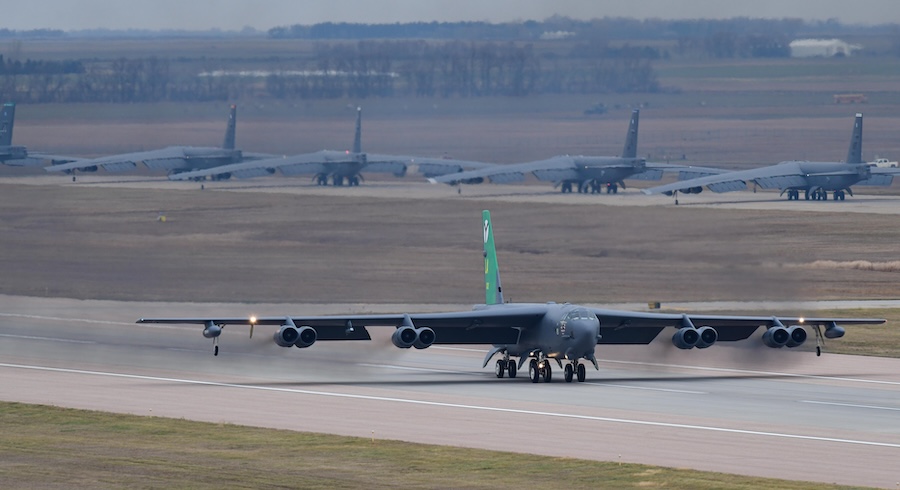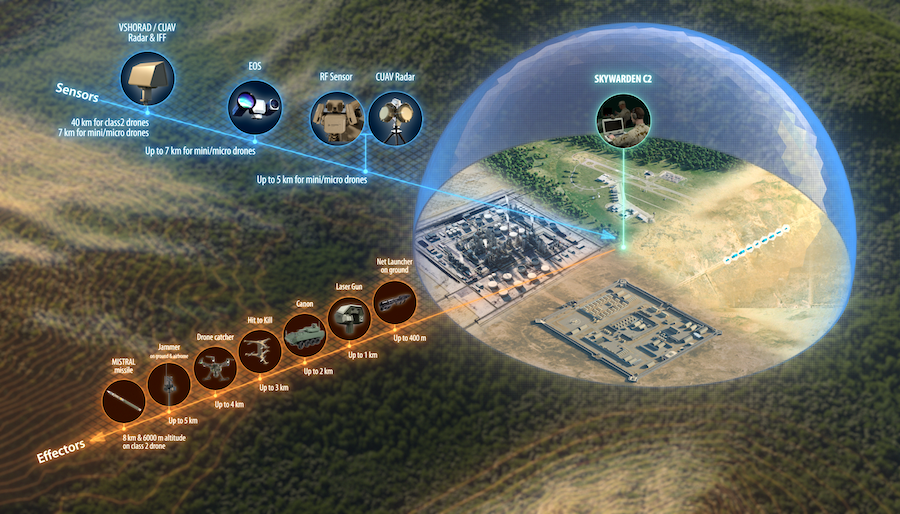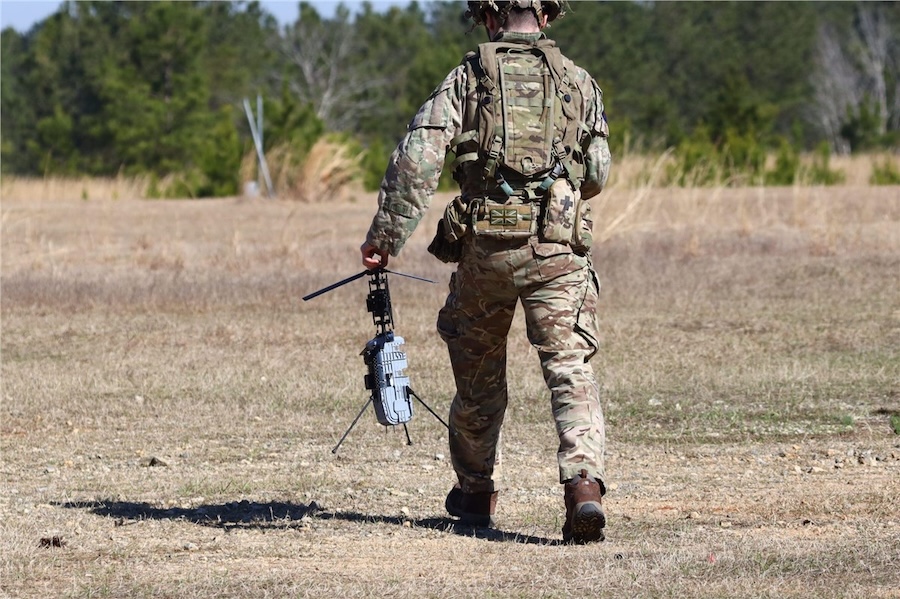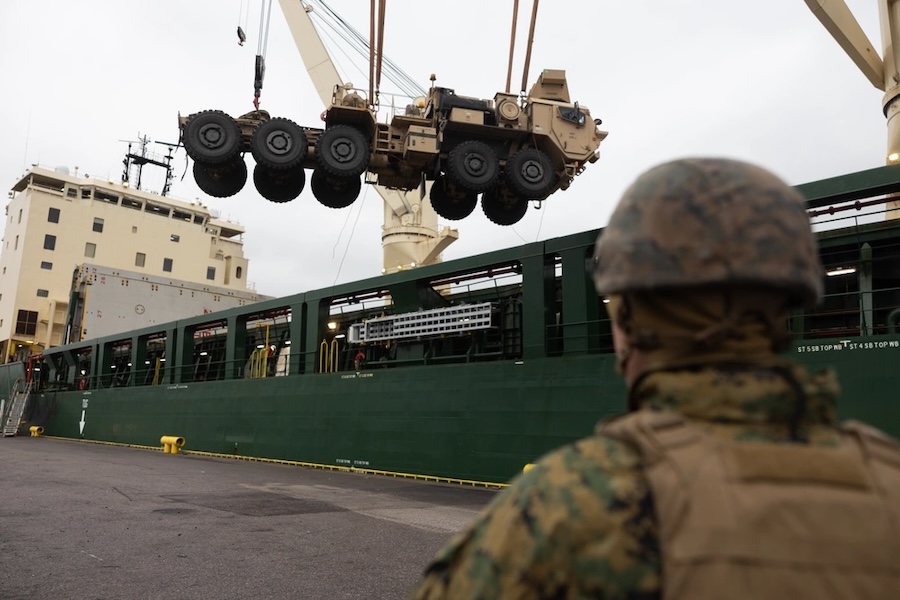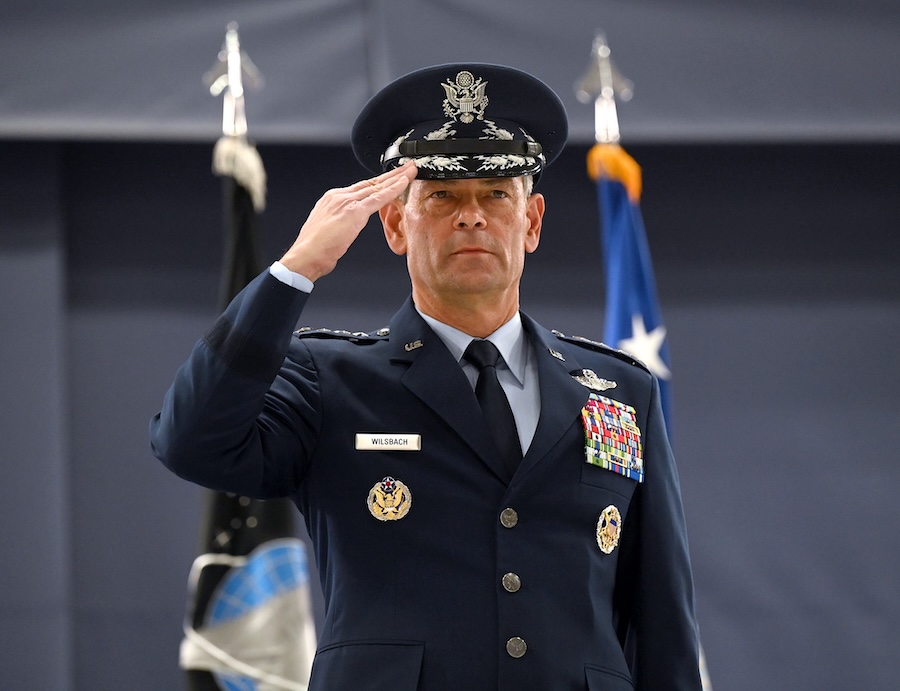Originally designed as a cost-effective, lightweight multirole platform, the A-29C had limited operational use within the U.S. Air Force and lacked a formal training programme. It was previously evaluated by Air Force Special Operations Command before being placed in storage at Davis-Monthan Air Force Base.
Despite its underutilisation by the U.S., the broader A-29 fleet is employed by allied nations for counterinsurgency and reconnaissance missions. This versatility makes the A-29C well-suited for the USAF Test Pilot School’s training and modernisation efforts.
To relocate the aircraft to Edwards Air Force Base, three TPS instructors flew the A-29C without formal training, relying solely on technical documentation and related preparation. They studied the flight manual, consulted with maintenance personnel, and reviewed the aircraft’s 3-3 publication, which outlines essential tactics, techniques, and procedures.
The instructors also conducted qualification flights in the T-6 Texan and PC-21 to familiarise themselves with similar handling characteristics. “Even though I wasn’t testing the A-29C per se, the thrill of getting into an aircraft I’ve never flown before, solo, was unmatched,” said Maj. Borek, flight sciences assistant department chair and A-29 chief pilot at TPS.
“I studied the flight manual meticulously and mentally rehearsed the flight more than I can remember,” Maj. Borek explained. “The school didn’t provide me with extraordinary abilities; instead, it taught me critical thinking and evaluation skills that can only be gained with countless hours of academics, sims, and hands-on experiences.”
After their arrival, the A-29C aircraft underwent six months of maintenance and inspection in partnership with Sierra Nevada Corporation. This process enabled the instructors to become fully acquainted with the aircraft, refine procedures, and develop a structured training syllabus.
The A-29C’s durable design and modern avionics make it a valuable addition to the TPS curriculum, allowing it to support a wide range of events and instructional objectives. Initially, the aircraft will be used for stall and spin training, a fundamental element of test pilot education.
Current training options include a glider sortie and F-16 departure flight, but both have limitations. The A-29C’s ability to perform diverse spin profiles for over 90 minutes per flight will significantly enhance learning opportunities across all student tracks.
Following spin training, the aircraft will be employed for mission systems instruction, including use of the MX-15 Sensor Ball, Link 16 communications, the VORTEX link, and precision-guided munitions. This capability will help students develop expertise in evaluating advanced systems while alleviating flight hour demands on the F-16 fleet.
To support this role, the A-29Cs are being equipped with special instrumentation for advanced data collection and control room functionality. The school is also examining the potential integration of the Agile Pod to further expand mission system training.
Each A-29C features five weapon stations, offering flexibility for future research through TPS’s Research Division. The aircraft’s rear seat includes a dedicated controller station, potentially supporting training for combat systems officers and remotely piloted aircraft students as manned-unmanned teaming evolves.
“The more we learn about the A-29C Super Tucano, the more robust our syllabus becomes,” added Maj. Borek. The aircraft is expected to see increased operations throughout the summer, with class 25A becoming the first student group to fly it.
Source: U.S. Air Force (Eglin AFB).











